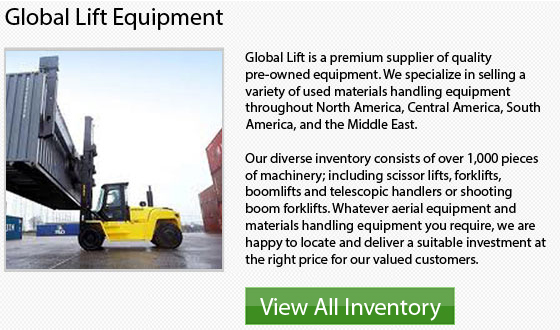
Gradall started producing its well-known excavator during the 1940's, during a time wherein World War II had created a shortage of laborers. This decline in the labor force brought a huge demand for the delicate work of grading and finishing highway projects.
A Cleveland, Ohio construction business referred to as Ferwerda-Werba-Ferwerda experienced this specific problem first hand. Two brothers, Koop and Ray Ferwerda had moved to the USA from the Netherlands. They were partners in the business which had become amongst the leading highway contractors within the state of Ohio. The Ferwerdas' set out to build a machinery that would save their company and their livelihoods by inventing a model that would perform what had before been manual slope work. This creation was to offset the gap left in the workplace when lots of men had joined the army.
The initial apparatus these brothers invented had 2 beams set on a rotating platform and was fixed directly onto the top of a truck. They utilized a telescopic cylinder to move the beams out and in. This allowed the attached blade at the end of the beams to pull or push dirt.
After a short time, the Ferwerda brothers improved on their initial design. They created a triangular boom to create more power. Then, they added a tilt cylinder which allowed the boom to turn forty-five degrees in either direction. This new unit could be equipped with either a bucket or a blade and the attachment movement was made possible by placing a cylinder at the back of the boom. This design powered a long push rod and allowed a lot of work to be finished.
Many digging buckets were introduced to the market not long later. These buckets in sizes varying from 15 inch, 24 inch, 36 inch and 60 inch buckets. There was also a 47 inch heavy-duty pavement removal bucket that was available as well.